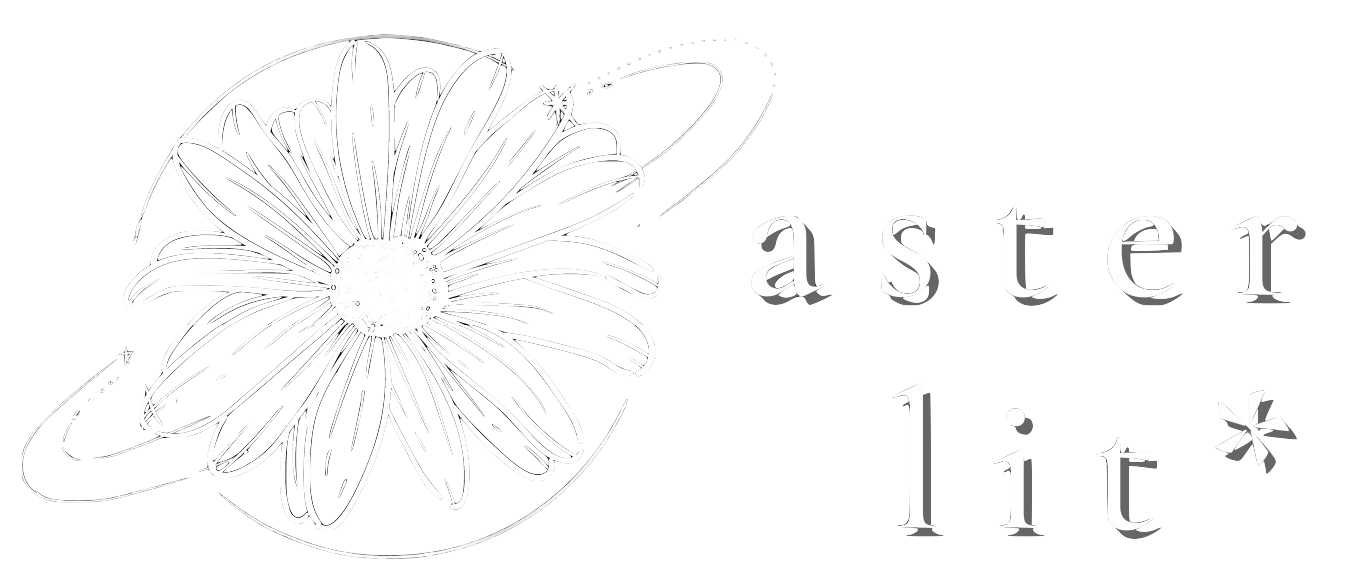
Aster Lit: Metamorphosis
Issue 3—Fall 2021
On Caterpillars and Coping With Change
Michelle Mo, Canada
In third grade, we learned about the life cycle of a butterfly. We watched videos where hungry caterpillars turned into hanging chrysalides and emerged as beautiful winged creatures. We even got to watch real caterpillars grow up from larvae, and I remember rushing into class in the mornings to see if they’d grown. And while the little creatures spun themselves into crystal cages, I thought it must’ve been a magic trick — how does a worm grow wings?
Last week, I read an article about caterpillars. I don’t know why I was reading about them; I think I was avoiding some task or another. It’s the end of August and that sickly-sweet Sunday-afternoon dread settles in like a thick fog, with senior year and college apps and essays and projects looming in the distance. Somehow I stumbled onto a page talking about caterpillars and their phases of life. It was here that my childhood mystery was answered, the magic trick unveiled. Inside the chamber of itself, the caterpillar releases enzymes that dissolve most of its tissues. Cut open a chrysalis, and you won’t find a rabbit in a hat but rather a mess of caterpillar goo. The process sounded icky and terrible and awfully resonant to a teenager whose brain felt like it was being deep-fried in the depths of the Mariana Trench. Open up the bundle of blankets at 9 in the morning and you’ll find me, caterpillar-human soup and all.
But the article doesn’t end there. I kept reading, and it began to talk about “imaginal discs”: tiny blueprints for adult butterfly parts, grown before the caterpillar even hatches from its egg. “Some caterpillars walk around with tiny rudimentary wings tucked inside their bodies, though you would never know it by looking at them.” In that crystal chamber, in that stew of change, tiny discs carry the caterpillar’s consciousness and all their hopes and dreams. The caterpillar melts within itself and amidst this sea of the past it finds those little islands of hope.
Cells beget cells beget cells and the soup starts to take shape — wings, antennae, legs and eyes. And the caterpillar reforms itself until it is ready to be reborn.
When we think about butterflies, we think of the winged majesties and the larvae, the swan and the ugly duckling. The pupae are shrouded in mystery, always thought of as an intermediary between two contrasting worlds. We look upon the main road and the diverging paths, but how many of us really remember the diverging fork?
I’ve been thinking a lot about caterpillars and chrysalides lately. About what it means to dissolve within yourself, about weaving fate and cocoons. And I look to my brethren, the caterpillar crawling into that crystal cage, for guidance, and she whispers her gentle reminder: that even during the times when I feel as if I am nothing but the turmoil of my thoughts, there are the pieces of me — memories, moments, the markings of life — that are waiting to become wings.
Michelle Mo is a part-time Canadian youth poet and full-time fanatic of fleeting words. Her work has been featured in her city's youth anthology, as well as the online Write the World community. She's trying her best to create new writing and coax something (anything, really) out of messy margins and notes apps.
